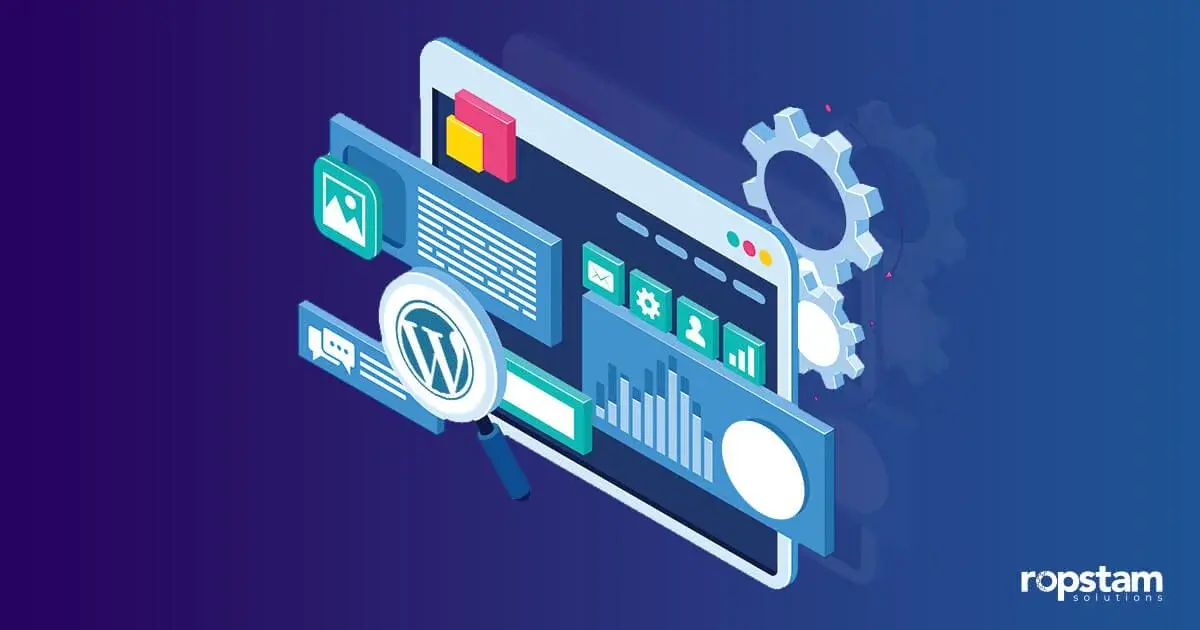Loading Header...
The Future of Flutter: Will It Dominate App Development in 2025 and Beyond?
Saurabh Infosys
Flutter Development

Introduction
Flutter has been a game-changer in mobile app development, offering a seamless cross-platform experience. Since its launch, it has gained traction among developers and businesses due to its efficiency, performance, and versatility. But with the constant evolution of technology, will Flutter continue to dominate app development in 2025 and beyond? Let's explore its potential, compare it to other frameworks, and predict what the future holds.
Flutter’s Growth and Popularity
Flutter’s rise has been nothing short of remarkable. Backed by Google, it provides developers with a single codebase to build applications for iOS, Android, web, and even desktop platforms.
Since its release, Flutter has been widely adopted by startups and enterprises due to its fast development cycle, beautiful UI capabilities, and strong community support. Major companies like Google, Alibaba, and BMW use Flutter for their applications, showcasing its reliability.
With continued updates and improvements, Flutter’s performance has improved significantly. The adoption rate is expected to grow further as more businesses look for cost-effective and scalable solutions.
Key Features That Make Flutter Stand Out
- Unified Codebase: Developers can write the code once and deploy it seamlessly across various platforms.
- Hot Reload: Makes debugging and development faster by instantly reflecting changes in the UI.
- Native-Like Performance: Thanks to the Dart programming language and Flutter’s rendering engine, applications achieve near-native performance.
- Customizable UI: Flutter provides extensive widgets, allowing developers to create highly customized and engaging user interfaces.
- Strong Community Support: With Google’s backing and a rapidly growing community, Flutter benefits from continuous improvements and support.
Flutter is often compared to React Native, Kotlin, and Swift. Here’s how it stands against its competitors in 2025:
1. Flutter vs React Native
While both are cross-platform, Flutter offers superior UI performance with a single rendering engine. React Native relies on native components, which can sometimes cause performance inconsistencies.
2. Flutter vs Swift/Kotlin
Native development provides optimal performance, but Flutter significantly reduces development time and costs, making it a preferred choice for startups and businesses aiming for a broader reach.
3. Flutter vs Jetpack Compose
Jetpack Compose is gaining traction for Android development, but Flutter’s cross-platform capabilities still give it an edge.
With continued optimization, Flutter is expected to retain its dominance in cross-platform development.
Challenges and Limitations of Flutter
Despite its advantages, Flutter has some challenges:
- App Size: Flutter apps tend to be larger than their native counterparts, which can be a drawback for users with limited storage.
- Limited Native APIs: While Flutter provides many features, some advanced native functionalities require additional integrations or third-party plugins.
- Learning Curve: Dart is easy to learn but still unfamiliar to many developers who are accustomed to JavaScript or Swift.
- iOS Ecosystem: Although Flutter performs well on iOS, Apple’s frequent updates sometimes cause compatibility issues.
Predictions for Flutter’s Future
Looking ahead, Flutter’s future seems bright. Here are some key trends:
- More Adoption in Enterprises: As businesses seek scalable solutions, Flutter will see increased use in enterprise applications.
- Improved Performance: Google will likely continue optimizing Flutter for better performance, including reducing app size and improving native integration.
- Expansion Beyond Mobile: Flutter’s desktop and web capabilities will mature, making it a viable option for multi-platform development.
- Integration with AI and AR: As AI and AR become more prevalent, Flutter’s adaptability will allow developers to incorporate these technologies seamlessly.
Conclusion
Flutter has positioned itself as one of the leading app development frameworks. With strong community support, Google’s backing, and continuous improvements, it is set to remain a dominant force in 2025 and beyond. While it faces competition and challenges, its advantages outweigh its limitations, making it an excellent choice for developers and businesses looking for efficiency and scalability.
Whether Flutter will completely dominate app development remains to be seen, but one thing is certain—it will continue to play a significant role in shaping the future of mobile and cross-platform development.
Categories
- Mobile Development (1)
- Web Development (1)
Latest Blogs

March 18, 2025
Laravel Livewire: Build Dynamic Applications Without JavaScript

February 3, 2025
Discuss how website speed affects user retention, SEO rankings, and overall performance, and provide tips for improving load times. How to Ensure Your Website is Mobile-Friendly in 2025

February 3, 2025
Discuss the advantages and limitations of using WordPress for e-commerce websites, including a look at plugins like WooCommerce.

March 29, 2025
The Future of Node.js: What’s Next in 2025 and Beyond?
Loading Header...